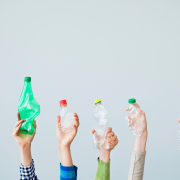What to do with old plastic when you’re new to zero waste
The scenario: you’ve decided to change your relationship with plastic. Whether you’re cutting out the single-use plastic, choosing to refuse all the plastic you can, or full-on going zero waste, chances are, you already have plenty of plastic in your home.
(I call this plastic ‘legacy plastic’. The stuff you accumulated before you knew any better or gave much thought to where things end up once we are done with them.)
So… what do we do with all this plastic?
I rarely think there is one answer to these questions. As with most things, it depends – on what it is, what it does (even where you live). Here’s a guide to dealing with legacy plastic.
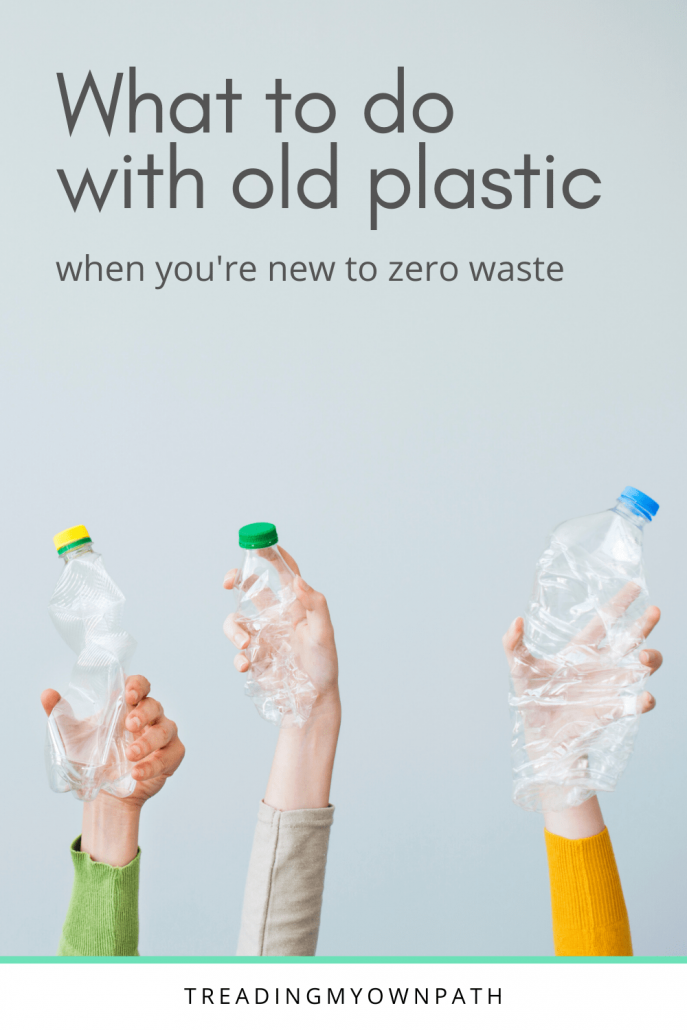
First of all, do nothing
Don’t follow any decision to cut out plastic or go zero waste by immediately throwing every single piece of plastic you own in the bin. Don’t give it all away yet, either.
When we decide to make a lifestyle change, we want to take action immediately – but chucking stuff out is not the action to take (at least not yet).
Instead, you’re better off just noticing what plastic you have in your home, and how you use it. Paying attention to your current habits might not feel as action-oriented as dramatically discarding stuff, but it’s more useful in the long run.
This way, you’ll notice which things you still need and use, and which things are probably ready to be passed on to new owners.
What to do with single-use disposable plastic
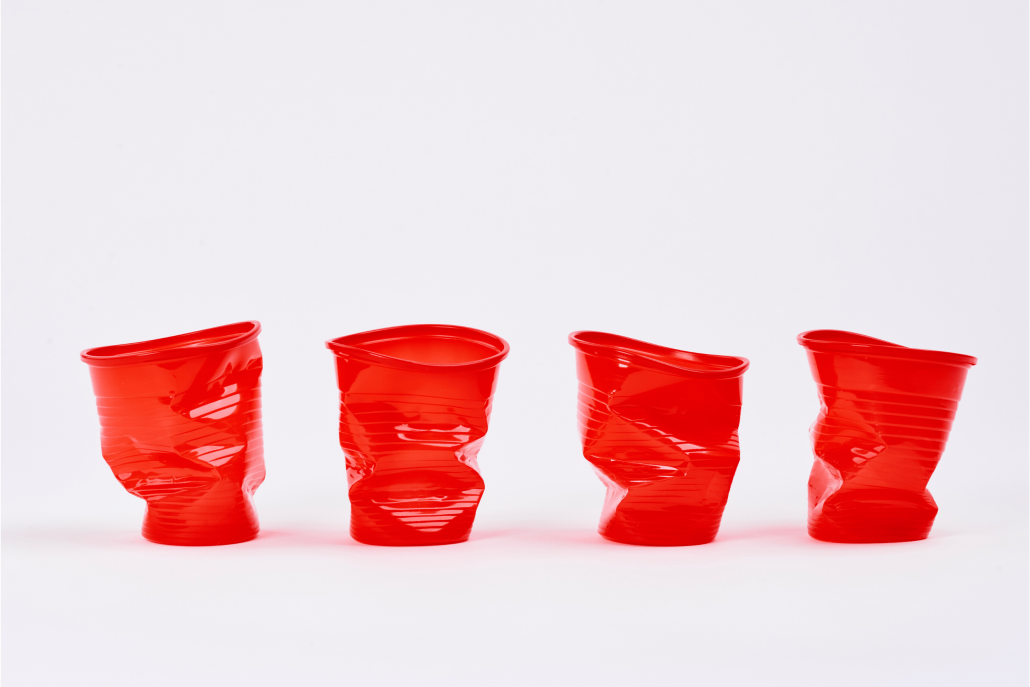
Look at all the single-use plastic you’re currently using in your home. (If you find it helpful, make a list to keep track.) This is anything you’re using once before it gets thrown away or recycled.
Some of this will be packaging with products inside: coffee pods, sachets of sauce, shampoo or moisturiser, potato chips/crisps wrappers.
Some of this will simply be single-use plastic: bin liners, gladwrap/clingfilm, plastic straws, zip lock bags, disposable dish cloths.
With the products, you can start to look for alternatives for future purchases that don’t come in packaging. In the meantime, decide whether you’d like to use these products up, or whether you’d prefer to donate them.
When I decided to reduce my plastic use, I used up all the food that I had in plastic packaging because it was ingredients and products I had purchased for eating. It also meant I could slowly replace items and look for alternatives as things ran out, one at a time, rather than trying to do it all at once.
In my bathroom, I had a box full of sachets and free samples I’d collected over the years that I really couldn’t see myself using. I gave these away (I’d recommend Facebook Marketplace, the Buy Nothing project, Freecycle or Freegle to find a new home for these types of things).
With the non-product single-use plastic, the same choice applies – would you prefer to use it up, or give it away?
Deciding to reduce your plastic use and using up what you already have are not contradictory. There’s absolutely no need to feel guilty about continuing to use plastic after you’ve made the decision to use less. You’ll have plenty of future shopping decisions where you can make better choices.
If you feel weird about using plastic now that you’ve decided to give up plastic, there’s no harm in giving things away.
Rather than seeing yourself as an enabler of someone else’s bad plastic habit, think of it as reducing plastic – because if they are going to buy it anyway, better to use up yours than buy a brand new one.
Also, see it as the chance to plant a seed. When you gift the item you can tell them why you’ve made this choice (no need to be judgemental, simply say something like ‘I’ve decided to reduce my plastic use, and I’m choosing to stop using gladwrap now’). It might spark a conversation, and it might not, but explaining your ‘why’ to people can help people join the dots and think about your actions.
What to do with reusable plastic
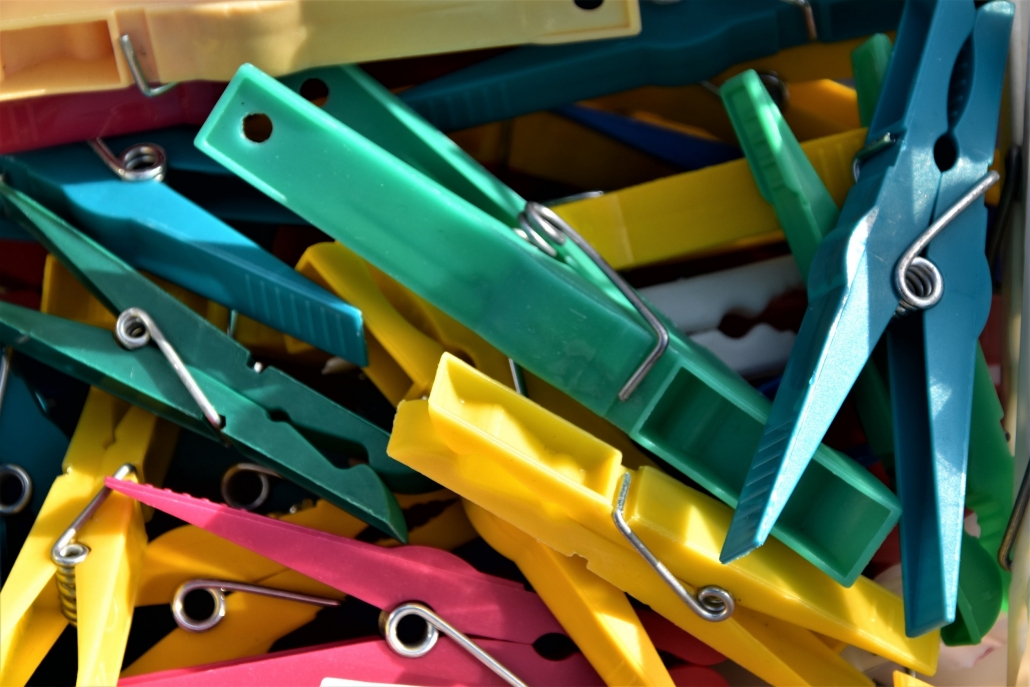
You’ve probably got various reusable plastic containers, and other household items made out of plastic: hairbrushes, laundry baskets, coat hangers, even furniture.
It is incredibly expensive (not to mention, wasteful!) to ditch all the plastic for non-plastic equivalents. The best option (from a waste standpoint) is to continue using what you have.
But what if you don’t want to continue using what you have?
Firstly, ask yourself why.
Is it because you’ve been reading about the chemical additives in plastic, and you no longer want to store food in it from a health perspective?
Or is it because you think glass storage jars will make for much better Pinterest photos?
It’s your zero waste life and you can do whatever you like to make it work for you. But the fundamental truth is that it is more eco-friendly to use existing resources than buy new ones.
I’m not telling you to keep stuff you won’t use, or telling you that replacing stuff is wrong. But if we don’t want stuff, we can pass it on to others so that they can use it.
And we can try to find our replacements second-hand, to reduce the impact of our ‘new’ stuff.
- If you no longer want to use something for its original purpose (for example, plastic containers for food storage) ask yourself if you can repurpose within your home. Perhaps they can be used to store non-food items such as laundry powder, or sewing supplies, or stationery.
- If you don’t have a use for something, find someone who does. Try online classifieds like Gumtree or Craigslist, or Facebook Marketplace or other social media platforms.
- If something is in good condition, you could try donating to the charity shop/second-hand store – but check that this is an item they actually take before you pop it in a collection box.
- If you’re looking for something to replace it, try those same places you offloaded the stuff you didn’t want: online classifieds, social media platforms and charity shops or second-hand stores. You might not be successful, but it’s important to try.
What to do with broken plastic
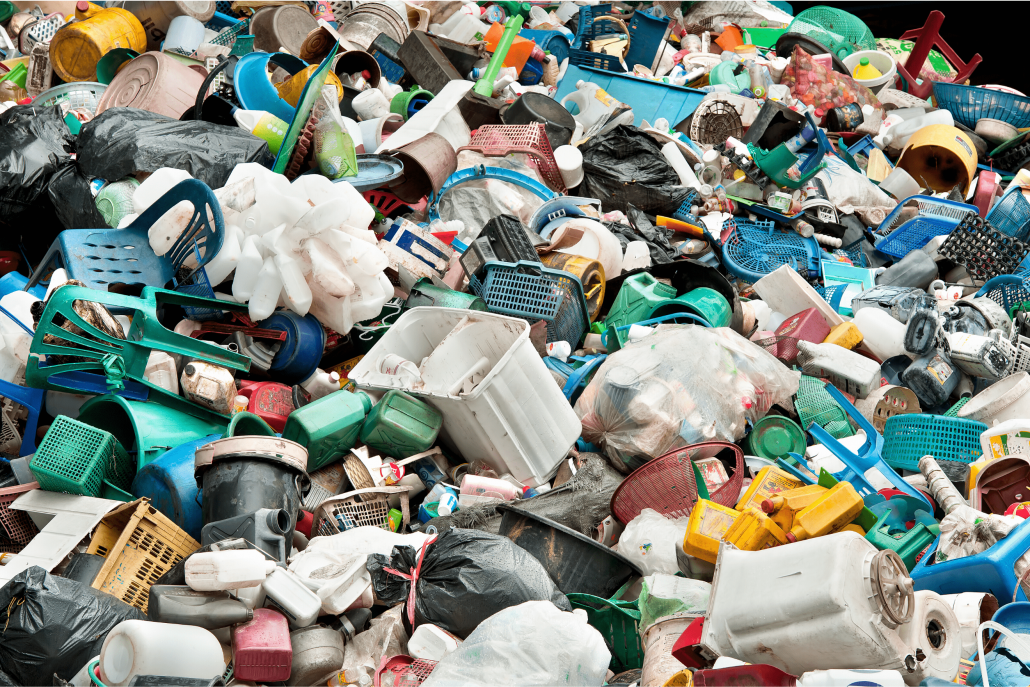
One of the major design flaws with this ‘material that lasts forever’ is that it also tends to break. It becomes brittle over time, bits snap off other bits, and eventually it ends up being irreparable.
If you’re truly committed to reducing your waste, the first thing to do is see if the item is fixable. If only a small part is broken, better to try and fix it and keep it in use rather than toss the whole item.
If something isn’t repairable and is most definitely broken, you have a few options.
Can it be reused? You’d be amazed what people can do with broken stuff. From growing mushrooms out of broken laundry baskets, to turning old electrical appliances into lamps, to salvaging parts, your broken items might still have value to someone else.
List your items on the sites mentioned above, being clear about the fact they are broken, and see if anyone is interested. You never know.
Can it be recycled? First, check if your item can go in kerbside recycling (if you have this service).
Next, check all of your other local recycling options.
(Australia) Recycle Near You – a website run by Planet Ark (a not-for-profit environmental organisation), which allows anyone to search for what can and can’t be recycled in their household recycling services, as well as search for drop-off locations to recycle a wide range of items including electronic waste, batteries, printer cartridges, white goods, furniture and more.
(UK) Recycle Now – operated by the Waste and Resources Action Programme (WRP) with information on where and how to recycle in England, with links to sister sites Recycle for Scotland, Northern Ireland, and Recycle for Wales.
(USA) Earth911 – one of North America’s most extensive recycling databases, with over 350 materials and 100,0000 listings included.
Can I go zero waste and throw my old plastic away?
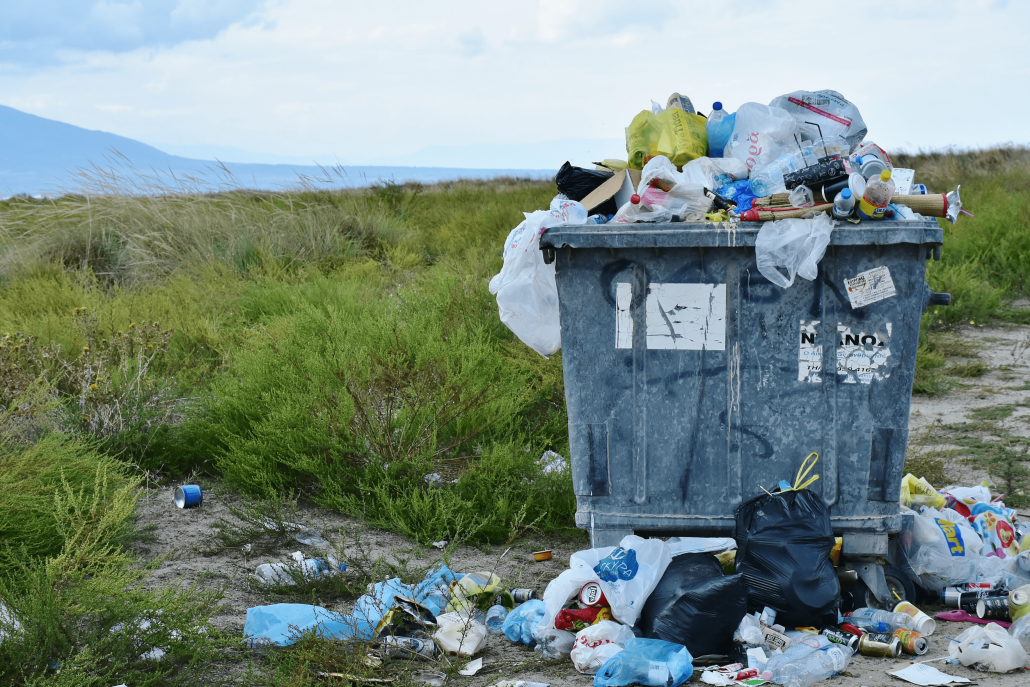
The goal of zero waste is to keep things out of landfill, so throwing everything away to go zero waste isn’t zero waste. But the reality is, *some* plastic will probably end up in the bin.
If you’ve exhausted the other options – it’s not reusable or repairable, no-one else is willing to take it off your hands and it’s definitely not recyclable, then there really isn’t much choice but to throw it away.
Waste is a product of our current system, and it’s not something we can completely avoid.
(I mean, you could store it in a jam jar for prosperity so you don’t throw it in the bin, but really, it’s still waste – and hanging on to stuff like this tends to keep us feeling guilty. Let it go.)
Don’t feel bad about having to toss stuff you acquired when you really had no idea about the problems with plastic, and before you had any knowledge about what is and isn’t recycable where you live.
The thing about deciding to go zero waste, or reduce your plastic use, is that it’s a decision made now to guide your actions and choices in the future. But of course we made less-than-ideal choices in the past. Sure we have to deal with these, but it’s not a reason to feel guilty.
As tempting as it might be to toss all our bad decisions away and start with a clean slate, the real challenge of the low waste lifestyle is making the most of resources – by keeping products in circulation and in use.
When it comes to legacy plastic, if we are trying to reduce our waste footprint, we have a responsibility not to add to the landfill problem if it can be avoided. It’s not always easy and we won’t be perfect. But all the things we can continue to use, gift to others if we know we won’t use them, repurpose, repair and eventually recycle, help keep new resources in the ground.
Try your best, and do what you can.
Now I’d love to hear from you! Struggling with legacy plastic and wondering what to do with it? Got some great tips for passing on unwanted plastic to people who need and will use it? Any plastic dilemmas or lessons learned you’d like to share? Any other thoughts? Please share in the comments below!
[leadpages_leadbox leadbox_id=1429a0746639c5] [/leadpages_leadbox]

